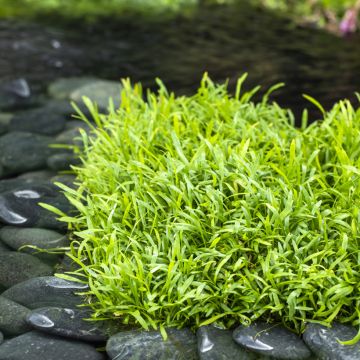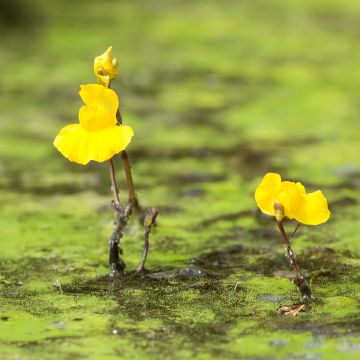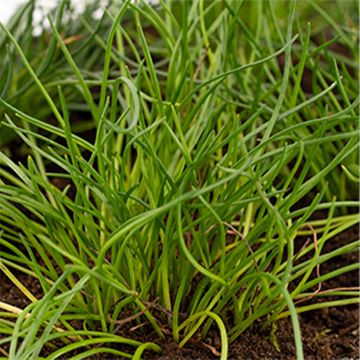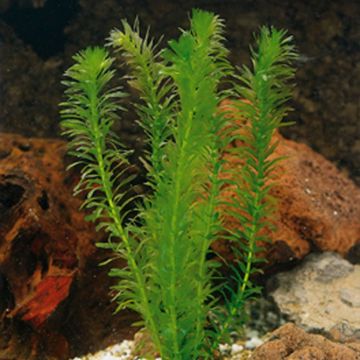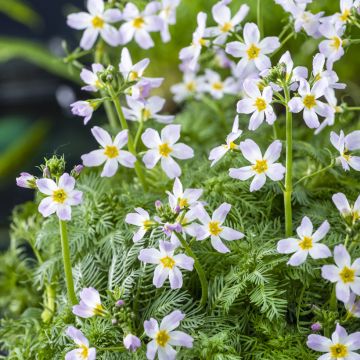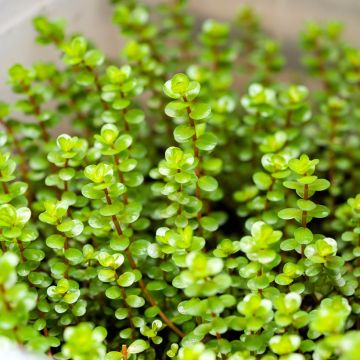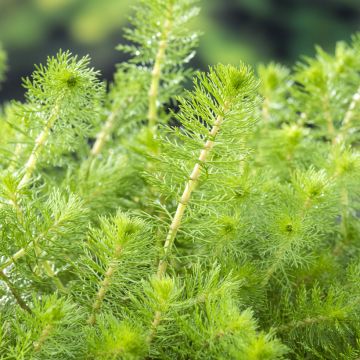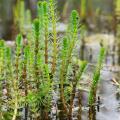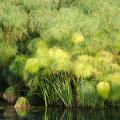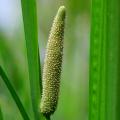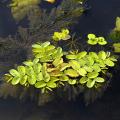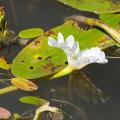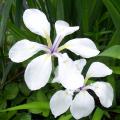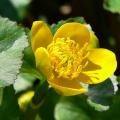Oxygenating plants
Would this plant suit my garden? Set up your Plantfit profile →
Available in 1 sizes
Available in 1 sizes
Available in 1 sizes
Available in 1 sizes
Available in 1 sizes
Available in 1 sizes
Available in 1 sizes
Our aquatic plants for pond oxygenation. Some submerged plants like Canadian Waterweed or Spiked Watermilfoil play a crucial role in maintaining the ecological balance and water clarity, which is essential for any aquatic ecosystem. Canadian Waterweed stands out for its rapid growth and efficient water oxygenation capacity. The Spiked Watermilfoil, with its feathery leaves, is a native species and an excellent plant for oxygenating and purifying even polluted water bodies. The Submerged Hornwort, commonly known as Hornwort, helps fight algae in ponds and is a wonderful food source for herbivorous fish. Discover all our oxygenating plants on these pages.
Cultivating these plants is within everyone's reach. They require little maintenance except for adequate exposure and quality water.
Haven't found what you were looking for?































